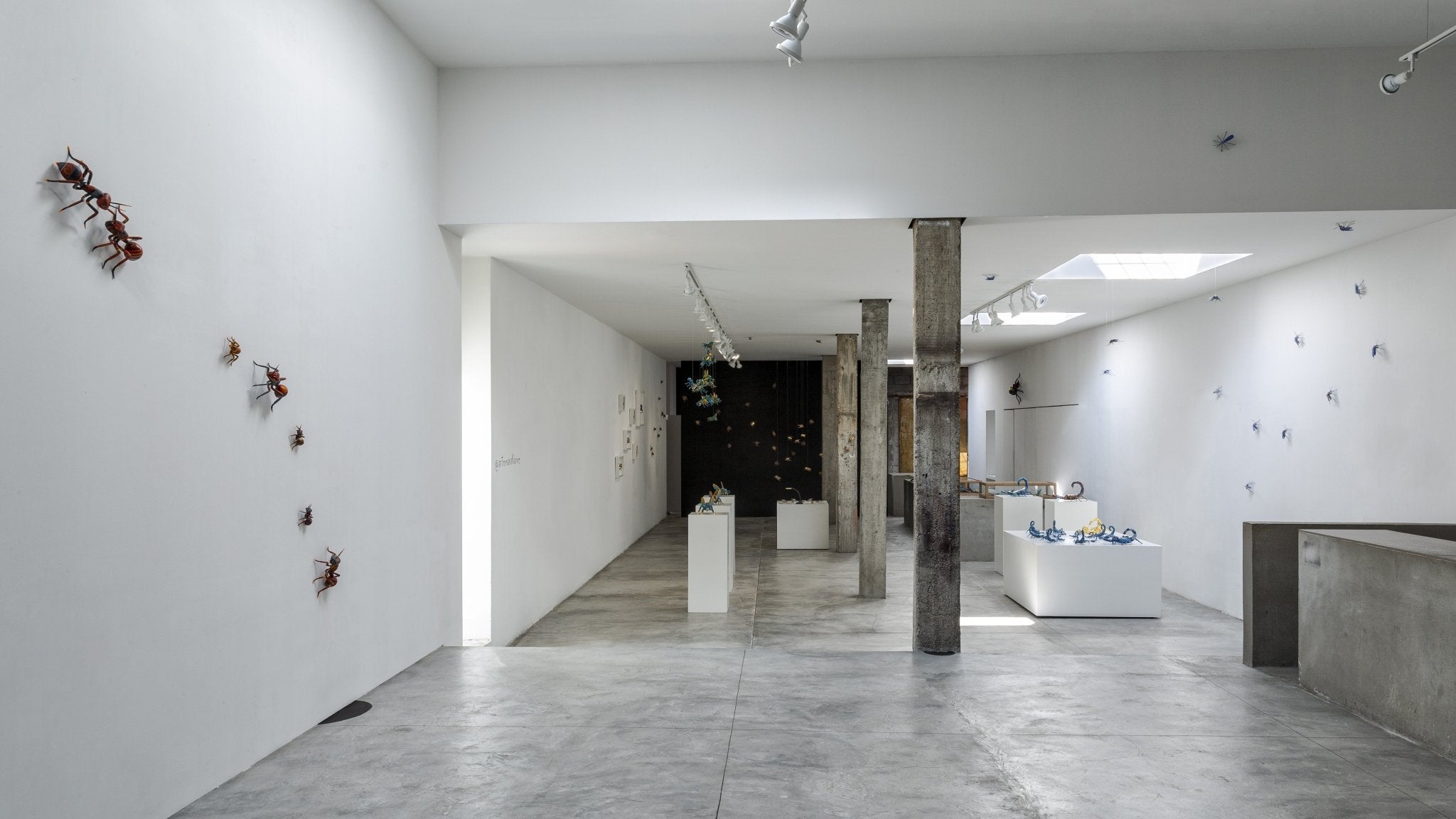Humans and insects face to face
Plague it is a collection of precious insects. Its legs - which cause so many chills when they walk on our skin, touch us - are now made of gold and silver, thus offering another experience. An attraction.
They perch against the wall or on our hand with a very comfortable simplicity. Their shapes and postures invite interest. Who can admire the “design” of the mosquito, of an ant? Of long pieces joined almost with a thread, projecting its sharp shadow around. The shape is fascinating.
With colors applied very finely, those who participate in the Jacobo and María Ángeles Studio outline the natural richness of the bodies of these beings with pictorial languages dressed in Oaxacan tradition. The repertoire of abstractions for plots, figures and visual patterns is varied, and is fed by the life that each piece suggests.
In the applied arts of the world, many cultural heritages are known that have made insects their theme. Made of gold and other metals, inlaid with precious stones, they could 'contain' if they were a kind of box, or simply 'express' values and religiosities from any place. Every ancient civilization made images of their insects, whether they were related to divinity or - as was common - to plagues and plagues. Rome was saved three times from invasion by plagues of flies around it. The omens of ancient Mayan lordships relate their end to plagues of locusts.
Numerical excesses of insects and humans have been in battle for millennia, for territories, food, health and survival. And in our world too human, we exploit the crops while closing the door as much as possible, so that no bugs enter the house. We spray - a deadly word - even beyond our home, and the silent spring which Rachel Carson spoke about in 1962. The idea of a world without insects is simply catastrophic.
The pieces that make up Plague at Galería Marakame they allow a different approach, always new and necessary, to our relationship with the most common insects of everyday life, from the professional hand that designs each piece that assembles and decorates. Mexico is a megadiverse country, and that not only involves the extensive variety of life that exists in the territory, but also the richness of material productions and culturally purposeful design.
Juan Carlos Jimenez Abarca
Critic and art historian


















